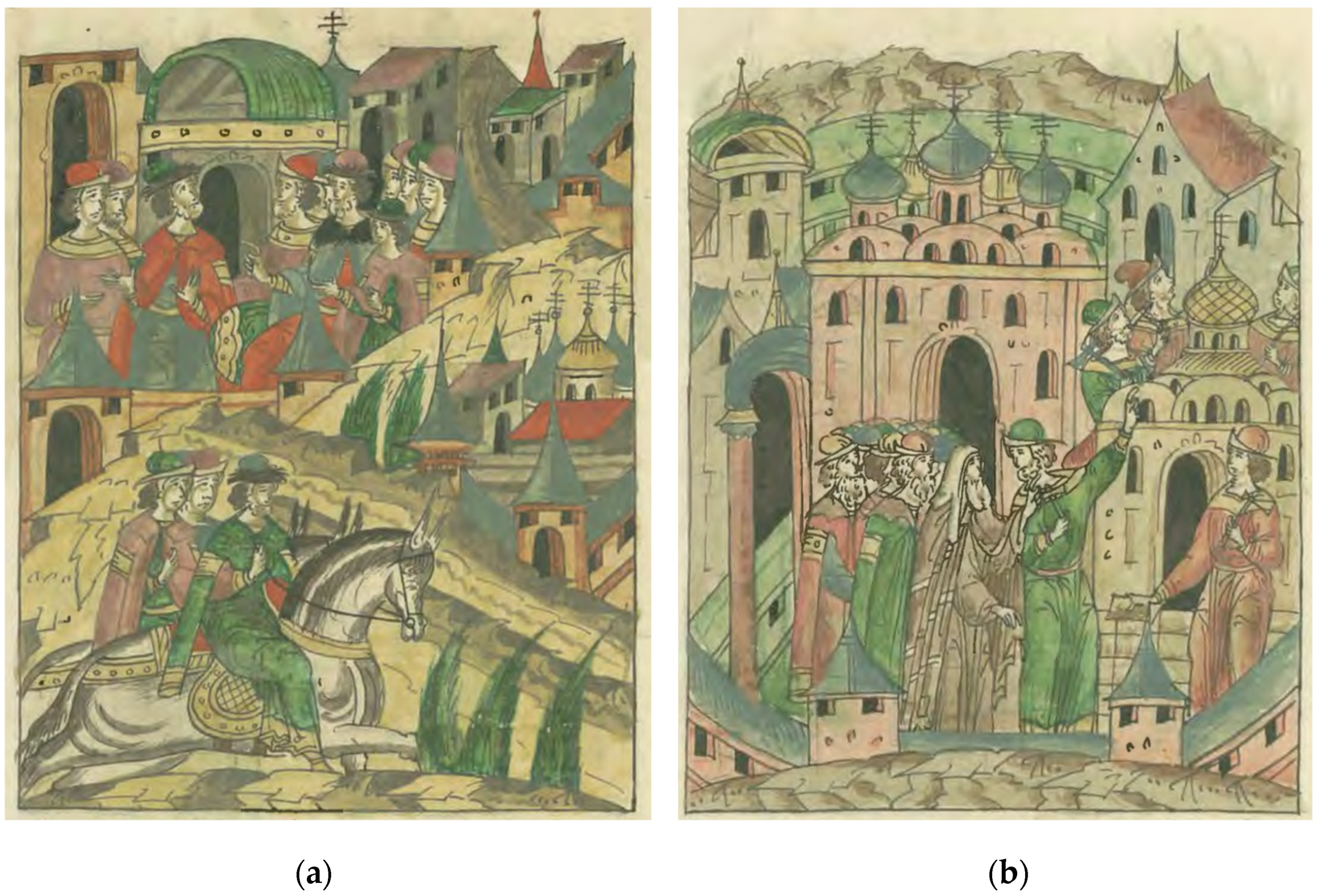THE EAST SLAVIC CHURCH COLLECTION
During the Dark Ages and Medieval period, the Church in Russia and Ukraine played a central role in shaping the spiritual, cultural, and political lives of these regions. As the two nations gradually transitioned from paganism to Christianity, the Church became an institution of immense influence, guiding both religious practices and state development. The Christianization of Kievan Rus', a medieval state that included parts of modern-day Ukraine, Russia, and Belarus, marked a pivotal moment in the region's history. In 957 AD, Princess Olga of Kiev visited Constantinople and became the first member of the Kievan nobility to be baptized, setting the stage for the eventual Christianization of her grandson, Prince Vladimir. In 988 AD, Vladimir the Great made the decisive choice to adopt Byzantine Christianity as the official religion of Kievan Rus', a move that would have profound implications for both religious and political life. The conversion to Christianity was not only a religious decision but also a political one. By aligning with the Byzantine Empire, Vladimir secured a powerful ally and ensured that Kievan Rus' would be part of the larger Christian world. This adoption of Christianity was marked by the mass baptism of the people of Kiev in the Dnieper River, symbolizing the unity of the Kievan state under the Christian faith. Following Vladimir's conversion, the Church became a crucial institution in Kievan Rus', overseeing religious practices, education, and the arts. The establishment of the Russian Orthodox Church helped to unify the diverse peoples of the region, laying the foundation for a common cultural and religious identity. The Church's influence also permeated the political sphere, with the Church often legitimizing the authority of the ruling princes, thus intertwining the religious and political domains. The Church also played a significant role in the development of literacy and education in Kievan Rus'. Byzantine missionaries, including Saints Cyril and Methodius, had earlier introduced the Glagolitic and Cyrillic alphabets to the Slavic peoples, and this facilitated the translation of religious texts, such as the Bible, into the Slavic languages. Monasteries became centers of learning, where monks produced illuminated manuscripts, preserved ancient texts, and spread the knowledge of Christianity.
As the power of Kievan Rus' began to decline in the 12th century due to internal strife and external invasions, the regions that would later become Ukraine experienced the growth of various religious institutions. After the fragmentation of Kievan Rus' into smaller principalities, the influence of the Church continued to be a unifying force. The establishment of the Metropolitanate of Kyiv in the 11th century allowed the Church to maintain its prominence even as political power shifted to different regions. Throughout the Medieval period, the Orthodox Church in Ukraine continued to be a central institution, and the region became a significant center of religious activity. The Kyiv Pechersk Lavra, founded in the 11th century, became one of the most important monasteries in the Orthodox Christian world, contributing to the development of religious thought, art, and architecture in the region. After the fall of Kievan Rus', the rise of the Grand Duchy of Moscow in the 14th and 15th centuries marked the consolidation of Russian Orthodoxy as a powerful and independent institution. The Moscow princes, particularly Ivan III and Ivan IV (Ivan the Terrible), took great pains to reinforce their legitimacy by aligning with the Church. In 1589, the Russian Orthodox Church achieved its independence from the Byzantine Patriarchate with the establishment of the Patriarchate of Moscow, solidifying Russia's religious autonomy. The Russian Orthodox Church played a central role in the development of Russian culture, politics, and national identity. The Church's influence extended beyond the spiritual domain into every aspect of life, as it governed monasteries, schools, and other cultural institutions. Russian religious art, including iconic painting and church architecture, flourished during this period, with the Church as its patron. The Church was a defining institution in both Russia and Ukraine during the Dark Ages and Medieval period. From the Christianization of Kievan Rus' under Vladimir the Great to the rise of the Russian Orthodox Church, the Church shaped not only religious practices but also the political, cultural, and social structures of the regions. The Church provided a unifying force, promoting literacy, art, and education, while also legitimizing political power and fostering a shared cultural identity. Despite political fragmentation, the Church remained a constant and influential presence, leaving a lasting legacy in both Russia and Ukraine that continues to resonate today.

